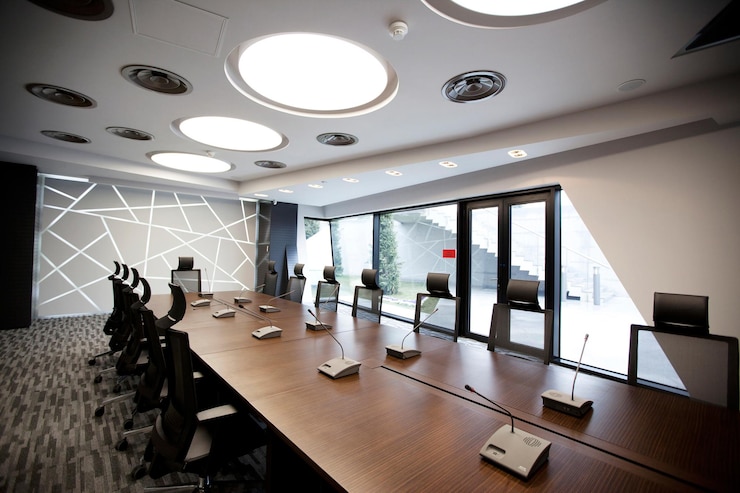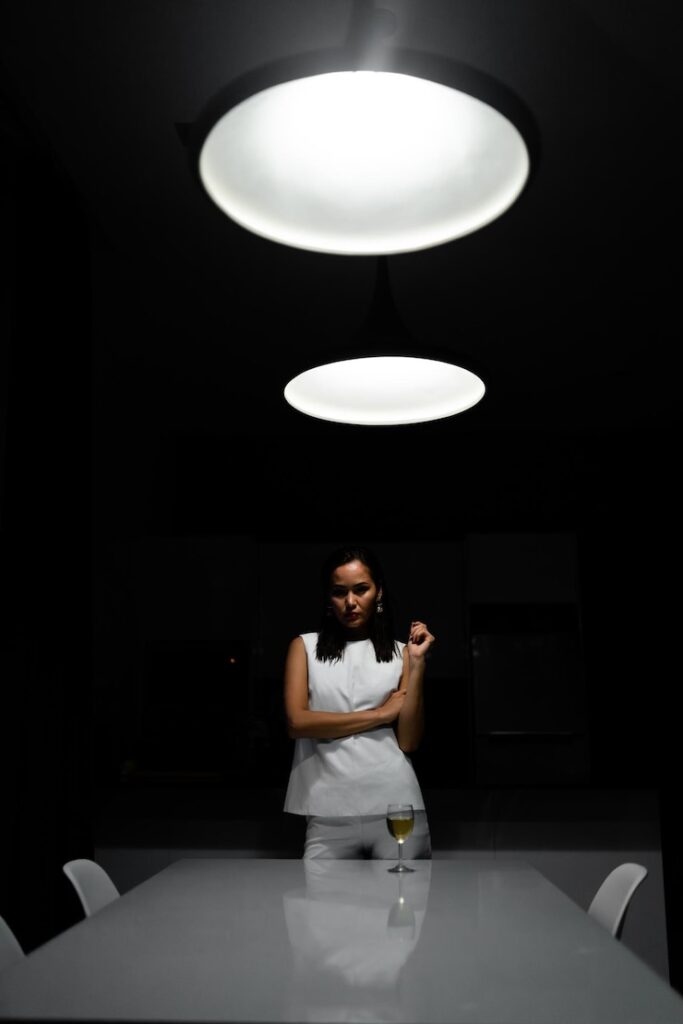Good lighting isn’t just there to help you see—it sets the tone, lifts your energy, and helps you stay focused. When it comes to meeting rooms, the lighting choices you make can impact everything from collaboration to creativity. Whether you’re redesigning your office or setting up a new workspace, understanding the role of lighting is essential.
Why Meeting Room Lighting Matters More Than You Think?
Most meetings involve people coming together to share ideas, solve problems, and make important decisions. However, poor lighting can quickly turn a productive environment into a sleepy or uninspired one. That’s why Meeting Room Lighting plays a huge role in how successful your discussions are.
- Fun Fact: Studies show that lighting affects alertness and cognitive function—exactly what you want in a meeting!
Proper lighting helps reduce eye strain, increase focus, and enhance the overall mood of the space. On the flip side, harsh overhead lights or dim corners can lead to discomfort and disengagement.
Types of Lighting That Work Best for Meetings
Not all light is created equal. If you’re aiming to set up the perfect meeting room, it helps you to understand the different types of lighting and how they contribute to the environment.
Natural Light
Where possible, try to maximize natural daylight. It’s known to boost morale, enhance concentration, and reduce fatigue. A room with windows or skylights brings a fresh, open feel to meetings. However, it’s important to manage glare with blinds or filters.
General Lighting
This is the main source of light in the room—usually ceiling-mounted fixtures or suspended lighting. Soft, diffused light provides general illumination without creating shadows or harsh contrasts.
Task Lighting
If your meeting room includes screens, whiteboards, or individual workspaces, task lighting is essential. Adjustable desk lamps, track lighting or or adjustable spotlights help people focus on specific tasks without disturbing others.
Accent Lighting
Do you want to create a warm and welcoming environment? Accent lighting adds style and character. Think of LED strips under shelves or incorporated into joinery or wall sconces that double the décor.
Designing the Ideal Meeting Room Lighting Setup
What works in one room might not work in another—but combining different types of lighting usually does the trick. Consider combining ambient, task, and accent lighting to adapt to different meeting styles—like brainstorming sessions, presentations, or client calls.
Here are a few pro tips:
- Dimmable Lights: Invest in adjustable lighting controls so you can switch between bright and soft light depending on the mood or time of day.
- Color Temperature: Opt for cooler light (around 4000K) for focus-driven meetings and open plan office areas, and warmer tones (around 3000K) for relaxed conversations in breakout spaces.
- Avoid Flicker: Cheap LED lights can flicker and cause headaches—literally. Choose quality fixtures with flicker-free technology.
A well-lit meeting room not only impresses clients but also boosts internal collaboration and energy levels.
Mistakes to Avoid in Meeting Room Lighting Design
Even with the best intentions, many companies make lighting mistakes that hurt productivity and comfort. Avoid these common pitfalls:
- Relying on One Light Source: A single overhead fixture rarely provides balanced lighting. Use multiple light sources to create depth and flexibility.
- Ignoring Screen Glare: Overhead lights can reflect on laptop and TV screens, making it hard to read or present.
- Overcomplicated Controls: Complicated smart systems are great, but they should be user-friendly. Employees shouldn’t need a manual to turn on the lights!
Keeping these details in mind can save you from wasted time, poor focus, and even headaches—literally and figuratively.
Conclusion: Let There Be Better Light
Great meetings don’t just happen—they’re designed. From the furniture to the tech setup, everything matters—and lighting is at the heart of it all. Whether you’re building a new office or revamping an existing space, putting thought into your Meeting Room Lighting can make your teams more creative, alert, and engaged.
Next time you walk into a dull, dimly lit meeting space, think about the power of light. A few smart choices can truly brighten your workplace—and your team’s ideas.





